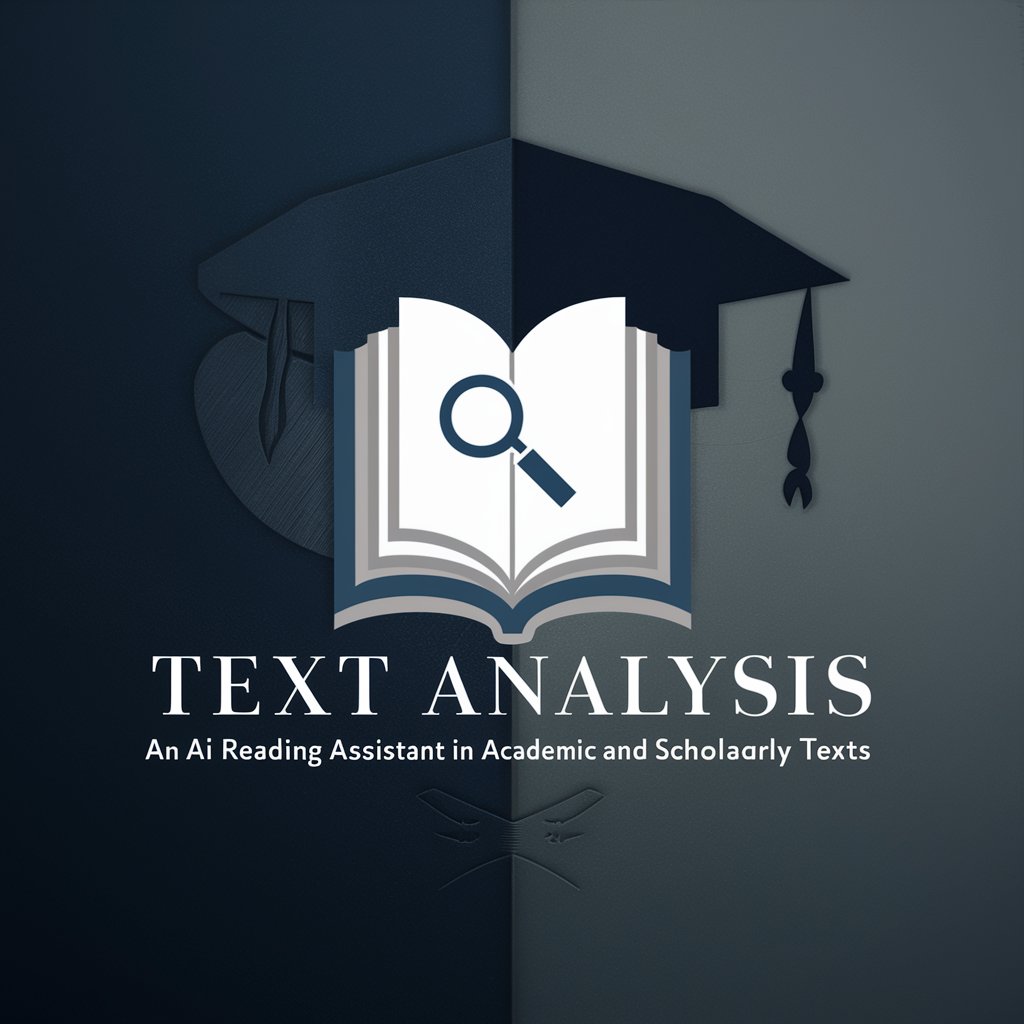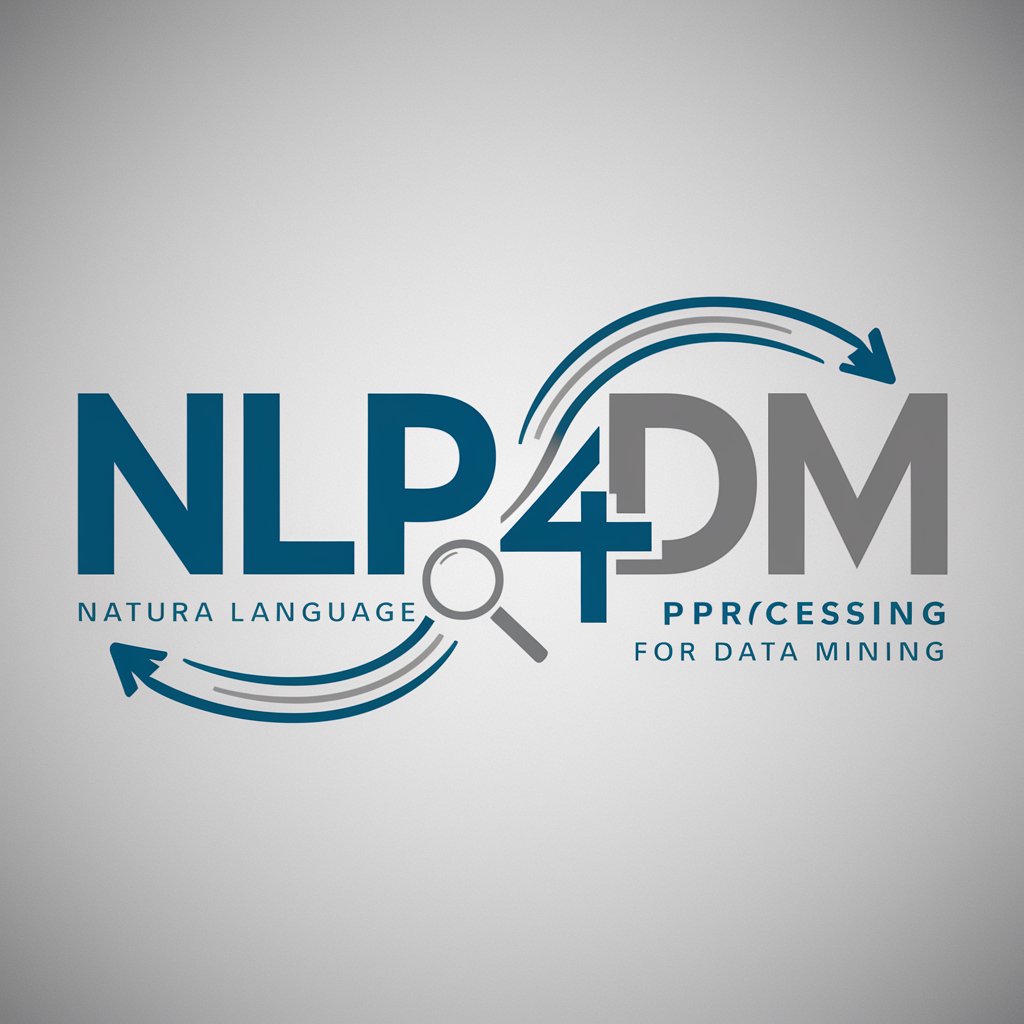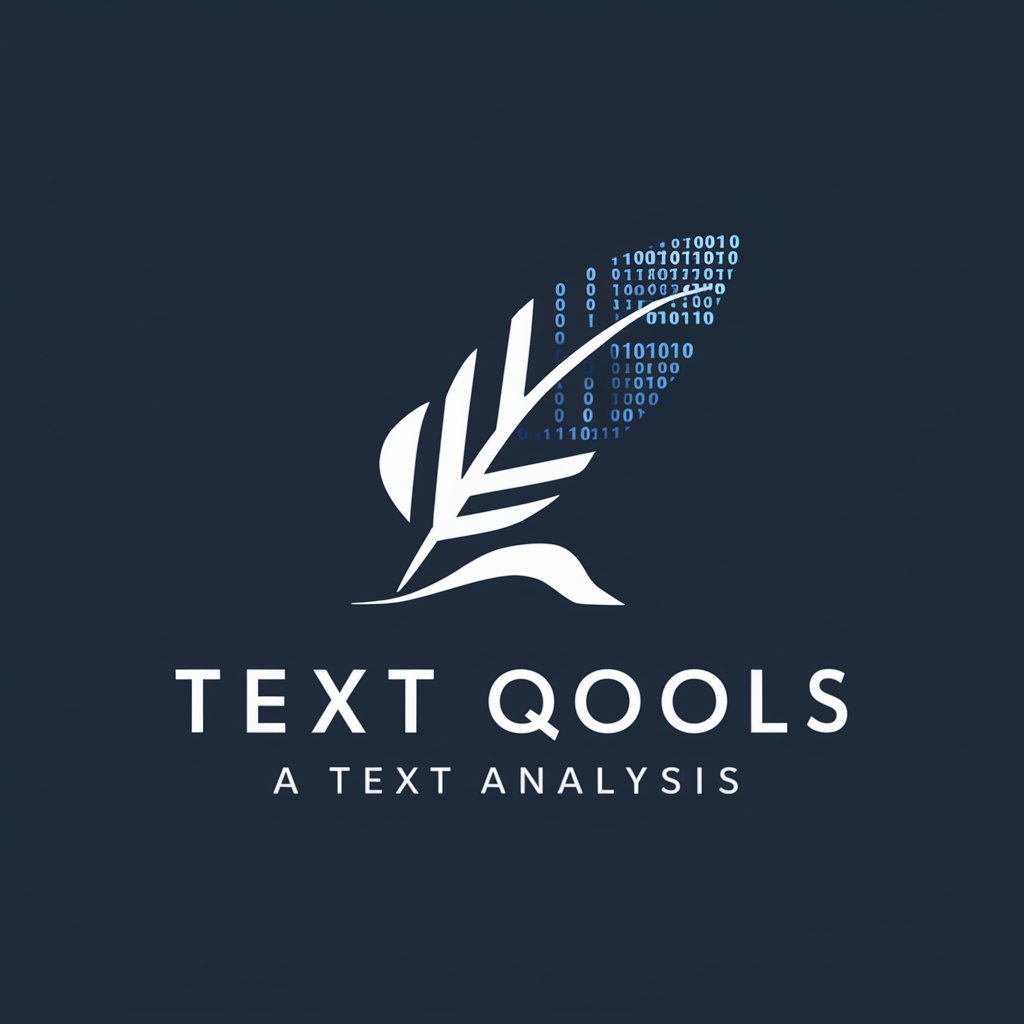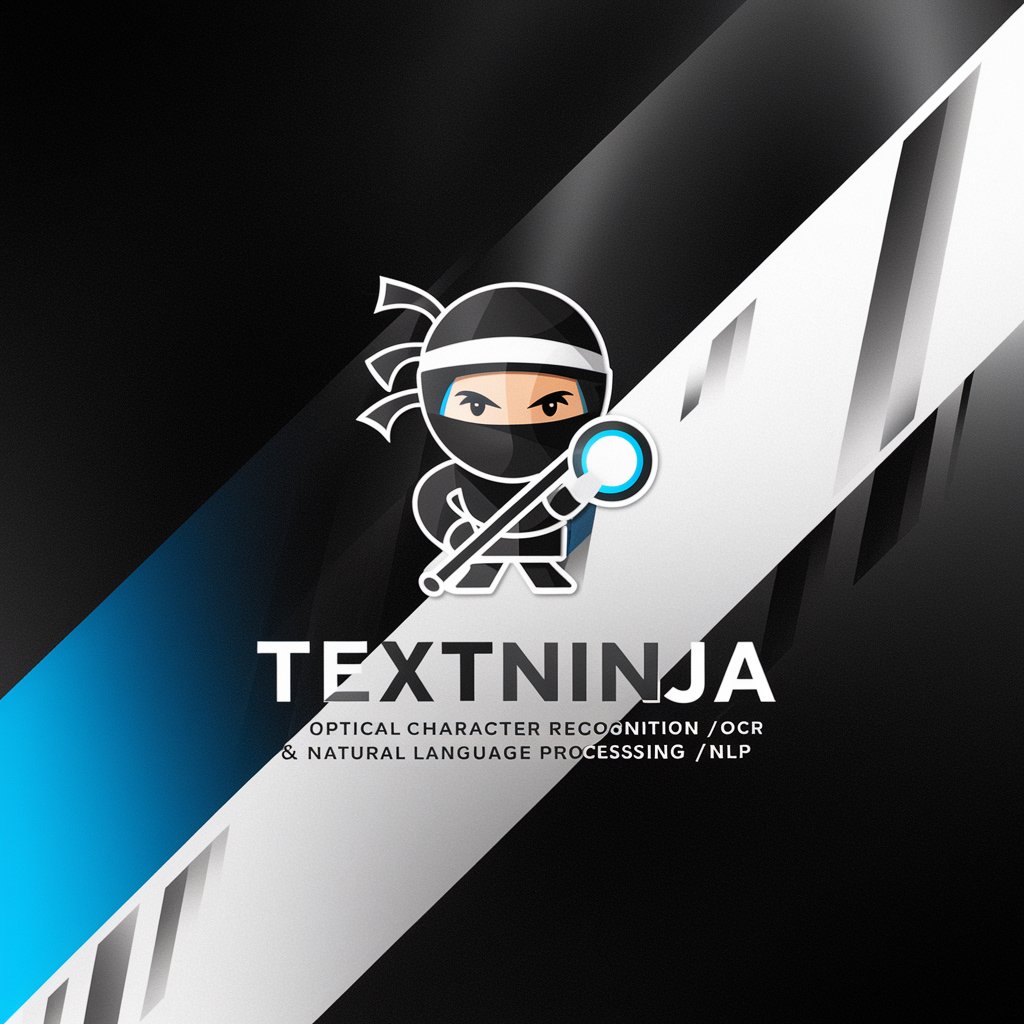
Text Mining - AI-driven Text Analysis
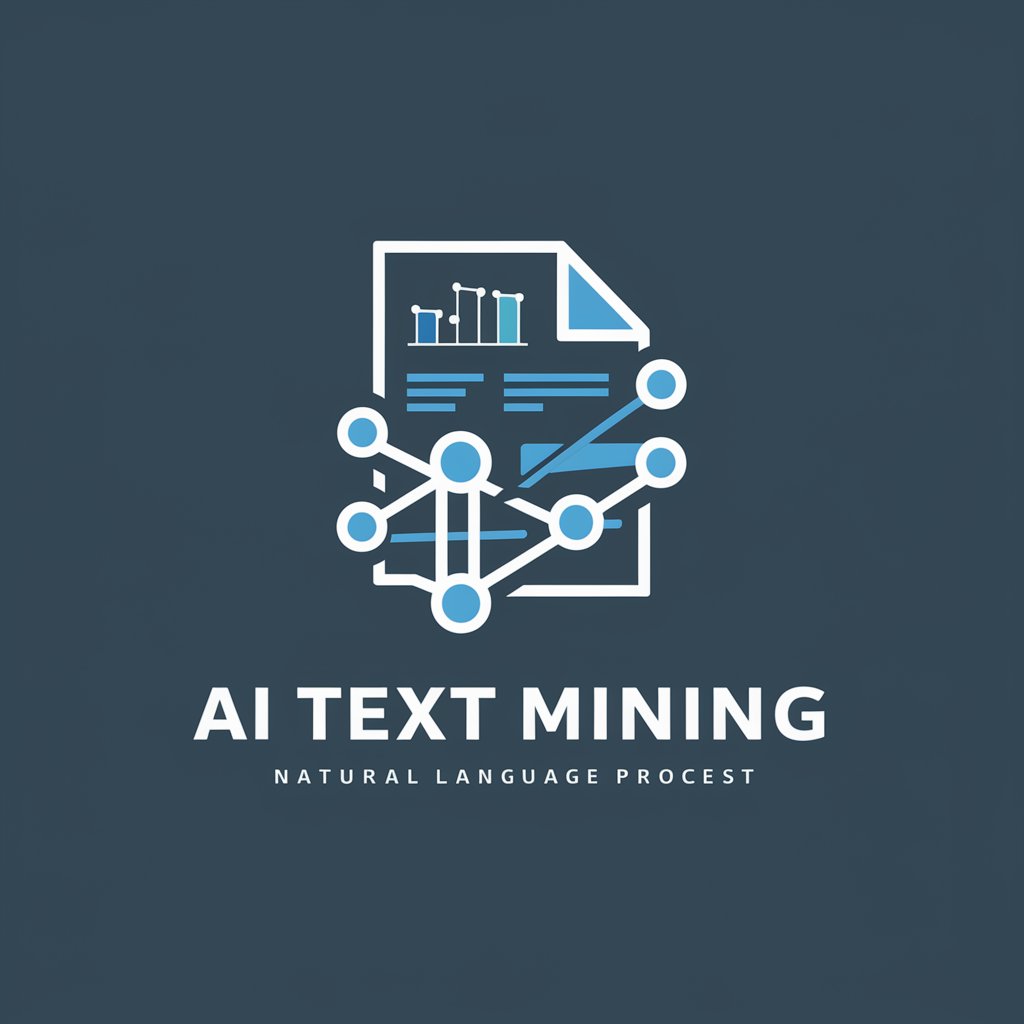
Welcome to your AI Text Mining Expert. Let's explore text analysis together!
Unveil insights with AI-powered text mining
Explain the process of sentiment analysis in text mining.
What are the latest trends in natural language processing research?
How can machine learning be applied to topic modeling?
Describe the best practices for preprocessing text data.
Get Embed Code
Introduction to Text Mining
Text Mining, also known as text data mining or text analytics, refers to the process of extracting valuable information from text. It involves the discovery by computer of new, previously unknown information, by automatically extracting information from different written resources. A key element is the linkage of the extracted information together to form new facts or new hypotheses to be explored further by more conventional means of experimentation. Text Mining uses a variety of methodologies from natural language processing, statistics, and machine learning to analyze textual data for patterns, trends, and insights. For example, text mining can help in sentiment analysis to gauge public opinion on certain topics, extract specific data from legal documents, or identify trends and patterns in customer feedback, enabling businesses to improve their services or products. Powered by ChatGPT-4o。

Main Functions of Text Mining
Sentiment Analysis
Example
Analyzing customer reviews on e-commerce websites to determine the overall sentiment (positive, negative, or neutral) towards a product.
Scenario
Businesses can use sentiment analysis to monitor brand reputation, understand customer satisfaction, and tailor their marketing strategies accordingly.
Topic Modeling
Example
Extracting the underlying topics from a large collection of documents, such as news articles or research papers.
Scenario
Academic researchers can identify emerging trends and patterns in scientific literature, while media agencies can track the evolution of news topics over time.
Information Extraction
Example
Extracting specific pieces of information, such as names, places, dates, and other entities from text documents.
Scenario
Healthcare providers can extract patient information from clinical notes for better medical records management, or businesses can extract contractual obligations from legal documents.
Ideal Users of Text Mining Services
Marketing Professionals
Marketing teams use text mining to understand customer sentiment, brand perception in the market, and to analyze competitors’ presence by mining social media, customer reviews, and forums.
Academic Researchers
Researchers in various fields utilize text mining to sift through extensive archives of academic papers and publications, enabling them to uncover trends, build hypotheses, and conduct literature reviews efficiently.
Healthcare Providers
Healthcare professionals and medical researchers use text mining to analyze patient records, clinical trial reports, and medical journals to improve patient care and identify potential research areas.
Legal Professionals
Legal practitioners and law firms leverage text mining for e-discovery, contract analysis, and legal research to extract relevant information from vast amounts of legal documents quickly.

How to Use Text Mining
Start Your Trial
Begin by exploring text mining capabilities with a no-cost trial at yeschat.ai, requiring no login or ChatGPT Plus subscription.
Data Collection
Gather and organize your textual data from various sources such as social media, online forums, or academic databases to form your dataset.
Data Preprocessing
Clean your dataset by removing noise, such as special characters and irrelevant information, and perform normalization processes like stemming or lemmatization.
Pattern Discovery
Apply algorithms for pattern recognition or topic modeling to uncover hidden themes, trends, and insights within your data.
Analysis & Interpretation
Use the patterns and models derived from the data to inform decision-making, drawing conclusions relevant to your specific use case.
Try other advanced and practical GPTs
Dad Jokes Generator
Endless Laughter, AI-Powered

Abstract Painter
Transforming Ideas into Abstract Art

Abstract Scholar
Enhance Your Research with AI-Powered Precision
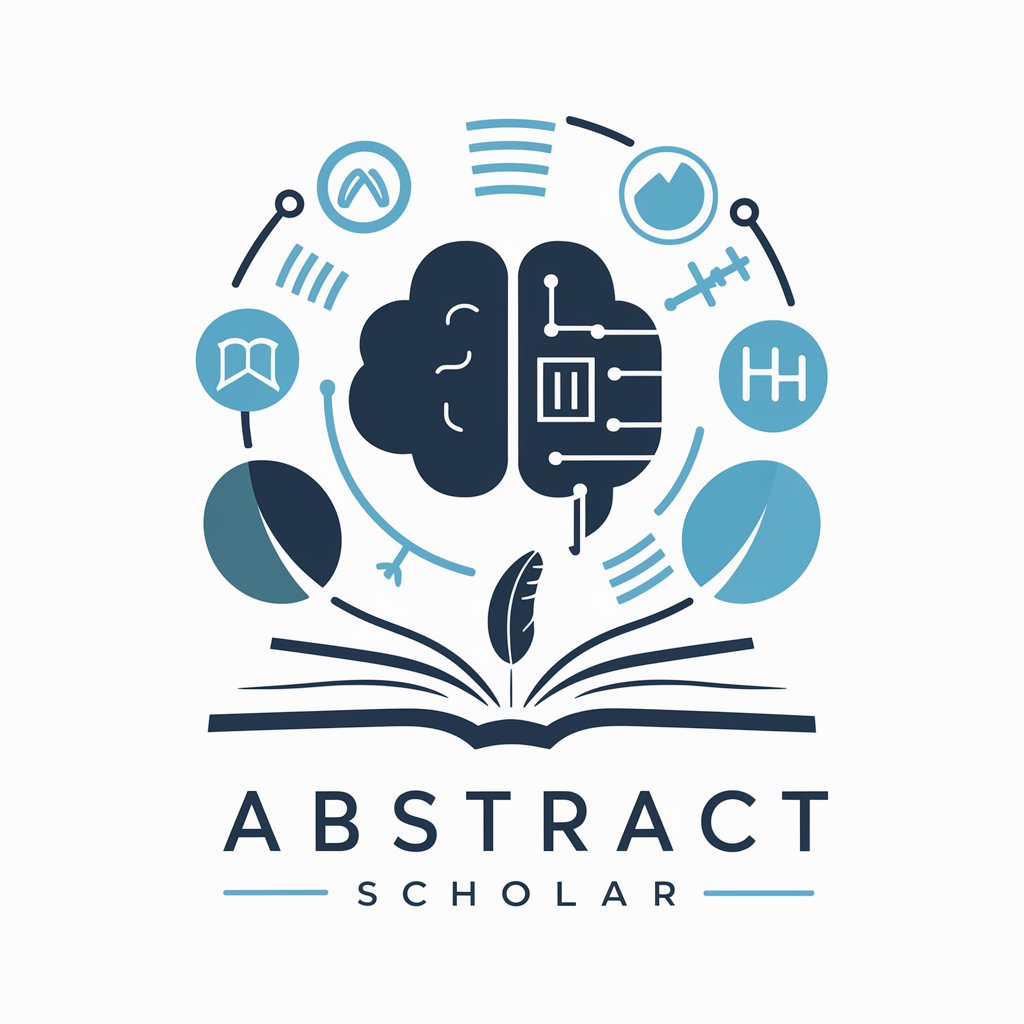
Obituary Writer+⚰️📝
Crafting Personal Memories with AI

Multiple-choice-GPT
Powering accurate answers with AI
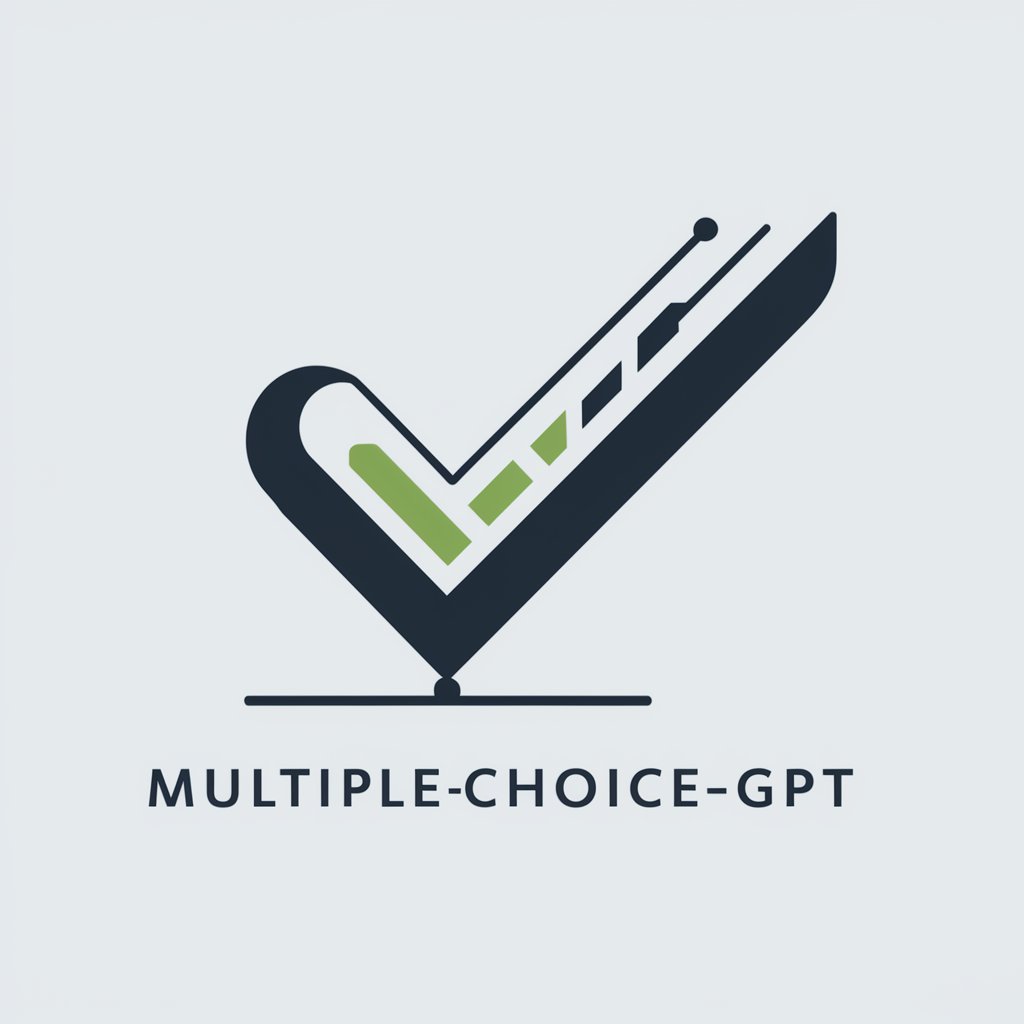
Interview Ace
AI-powered Interview Coaching

Data Mining Tutor 2
AI-powered Data Mining Education
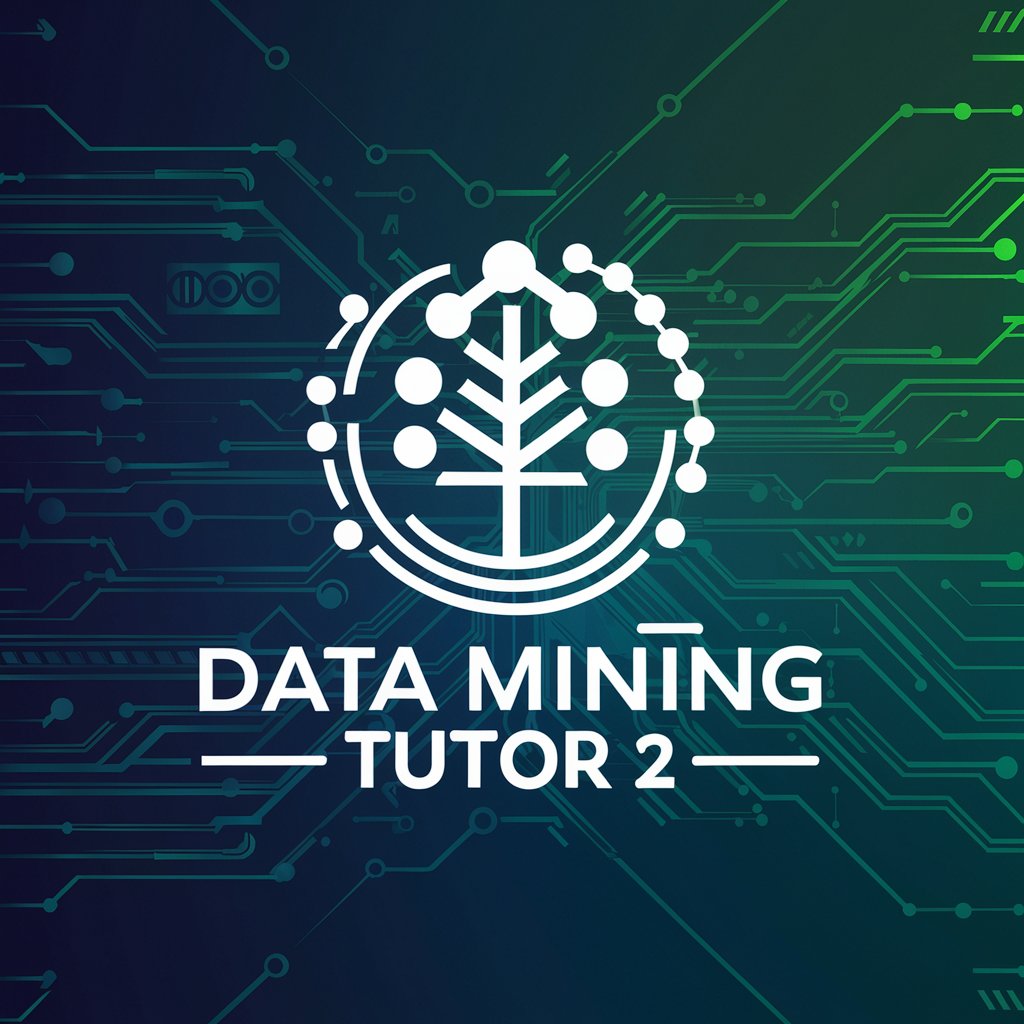
Nova Tech
Empowering Innovation with AI
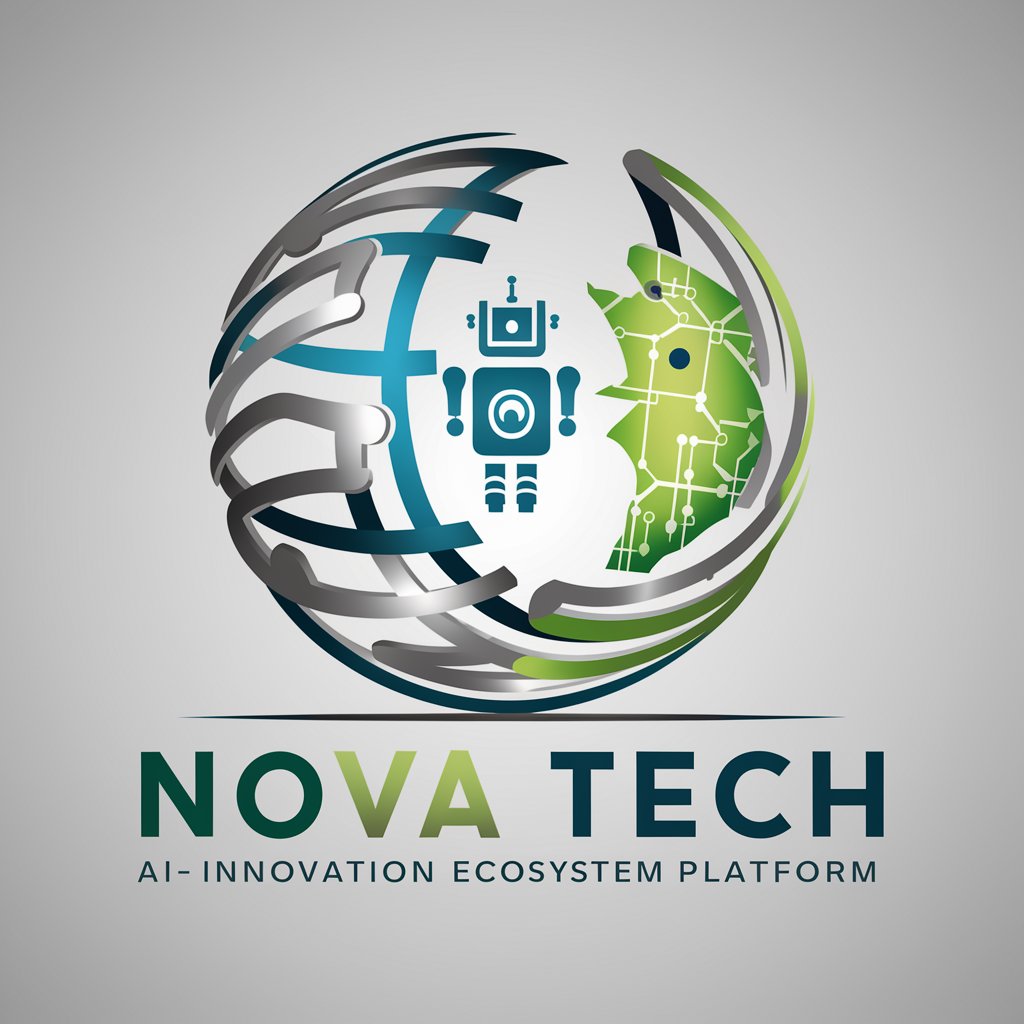
Nova Muse
Explore the universe’s mysteries with AI-powered insights

Nova Luna
Enhance Communication with AI Power

Home Insulation Guide
Power Your Insulation with AI

The Ripple Effect: Understanding XRP
Demystifying Ripple with AI
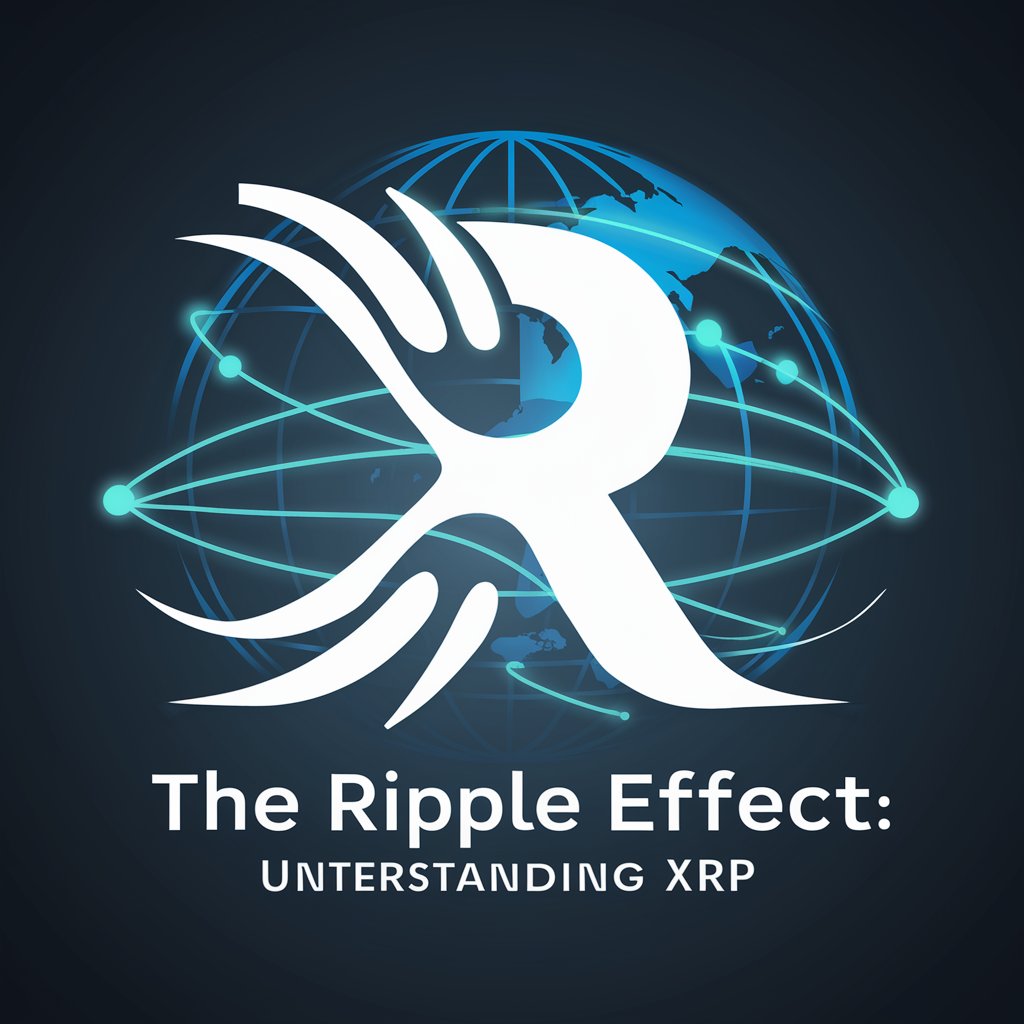
Frequently Asked Questions About Text Mining
What is text mining?
Text mining is the process of deriving high-quality information from text by structuring the input text, identifying patterns, and evaluating and interpreting the output.
How does text mining differ from traditional data mining?
While traditional data mining focuses on structured data, text mining deals with unstructured or semi-structured data, applying NLP techniques to extract meaningful patterns and insights.
Can text mining be used for sentiment analysis?
Yes, text mining is widely used for sentiment analysis, allowing businesses and researchers to gauge public opinion, customer sentiment, and market trends by analyzing textual data from various sources.
What are some common tools and languages for text mining?
Common text mining tools include Python and R programming languages, with libraries such as NLTK, TextBlob, and spaCy for Python, and tm and wordcloud for R.
How can text mining be applied in academic research?
In academic research, text mining can be used to analyze literature, identify research trends, and discover correlations between different studies, enhancing the scope and depth of research.
